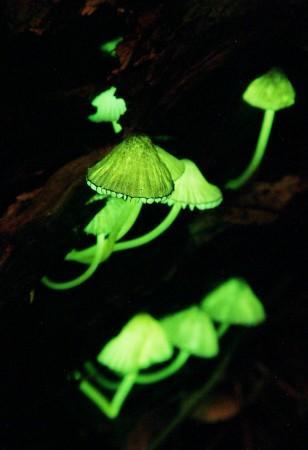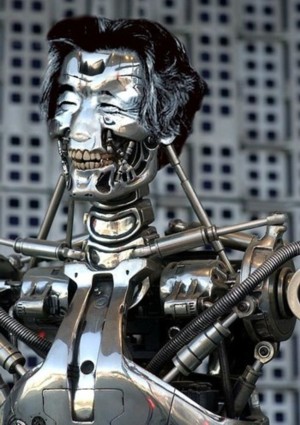 On June 21, researchers at Waseda University's Institute of Egyptology unveiled the computer-generated facial image of an ancient Egyptian military commander that lived about 3,800 years ago. The image is based on CAT scans taken of a mummy.
On June 21, researchers at Waseda University's Institute of Egyptology unveiled the computer-generated facial image of an ancient Egyptian military commander that lived about 3,800 years ago. The image is based on CAT scans taken of a mummy.
Researchers claim the mummy, which was unearthed near Cairo at an archeological site in North Dashur, is from ancient Egypt's 13th dynasty (c.1756 to c.1630 BC), and according to inscriptions on the sarchophagus, it appears to be that of a military commander named Senw.
The facial image, which was created by a team of graphic artists from the Joshibi University of Art and Design, is based on bone structure data obtained from CAT scans of the mummy. The research group determined that he was a middle-aged to elderly man, and from information such as the military commander's title they hypothesized he was of mixed race. The artists worked to provide the face with strong, military commander-like features, referring to ancient Egyptian pictorial representations and sculptures.
"We had to rely on artististic imagination for the parts we did not understand," says Sakuji Yoshimura, Waseda University professor who led the research team. Several faces were generated, and the one that most resembled that of a military commander was chosen.
The face will be on display to the public beginning in July at Fukuoka City Museum.
You can read more about the mummy HERE.
[Source: Asahi Shimbun]

 On June 20, an Okayama University team of researchers led by Professor Shogo Minagi unveiled a nasal airflow regulator designed to alleviate voice loss such as that which sometimes occurs after a stroke.
On June 20, an Okayama University team of researchers led by Professor Shogo Minagi unveiled a nasal airflow regulator designed to alleviate voice loss such as that which sometimes occurs after a stroke.


 With the arrival of Japan's rainy season, a mysterious type of green, glow-in-the-dark mushroom begins to sprout in Wakayama prefecture. The Mycena lux-coeli mushrooms, known locally as shii no tomobishi-dake (literally, "chinquapin glow mushrooms"), sprout from fallen chinquapin trees. As they grow, a chemical reaction involving luciferin (a light-emitting pigment contained within the mushrooms) occurs, causing them to glow a ghostly green.
With the arrival of Japan's rainy season, a mysterious type of green, glow-in-the-dark mushroom begins to sprout in Wakayama prefecture. The Mycena lux-coeli mushrooms, known locally as shii no tomobishi-dake (literally, "chinquapin glow mushrooms"), sprout from fallen chinquapin trees. As they grow, a chemical reaction involving luciferin (a light-emitting pigment contained within the mushrooms) occurs, causing them to glow a ghostly green. In an effort to further promote Japan?s robot industry, the Ministry of Economy, Trade and Industry (METI) plans to establish an annual Robot of the Year Award to recognize outstanding robots developed and put into practical use each year.
In an effort to further promote Japan?s robot industry, the Ministry of Economy, Trade and Industry (METI) plans to establish an annual Robot of the Year Award to recognize outstanding robots developed and put into practical use each year.
 According to NAOJ, the comet is disintegrating as it orbits the sun, and has broken into at least 50 pieces. The Subaru Telescope images show 13 small fragments near the bright Fragment B. The researchers plan to compare the images with observation data from other telescopes to get a better understanding of the comet's disintegration.
According to NAOJ, the comet is disintegrating as it orbits the sun, and has broken into at least 50 pieces. The Subaru Telescope images show 13 small fragments near the bright Fragment B. The researchers plan to compare the images with observation data from other telescopes to get a better understanding of the comet's disintegration.